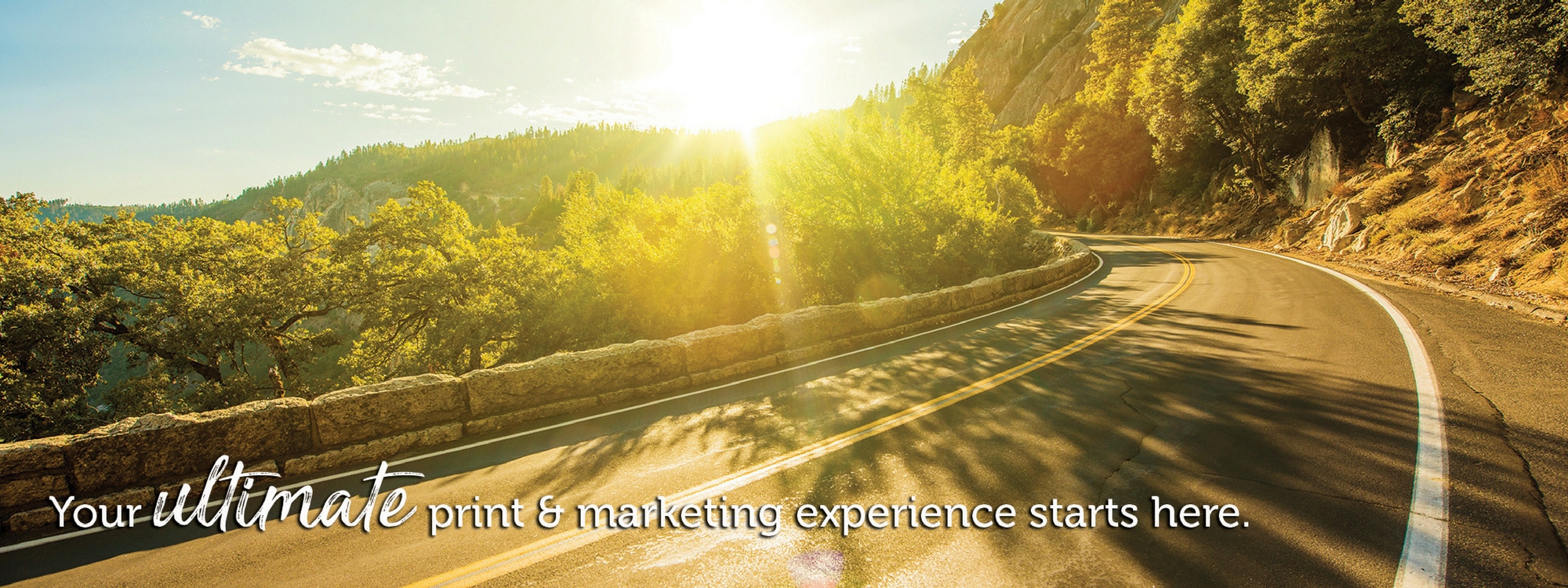Business Card Marketing: Evolution of the Smallest, Most Versatile Marketing Tool
Quick: Which single piece of marketing collateral combines two old adages — “first impressions are the most important” and “a picture is worth a thousand words” — and proves them both true?
It’s the trusty business card, of course! Given the wealth of information this compact little marketing tool holds and delivers in just a few inches of space, it’s no surprise they’ve been popular since the 1400s. Today, business cards are still evolving, with ever-more creative designs and options.
A Rich Past: The Social History of the Business Card
The forerunner of the business card stretches back to 15th century China. At that time, royals and aristocrats would send their servants to the homes of other members of the upper classes, bearing “visiting cards,” announcing their intent to pay a visit.
Two centuries later, the practice caught on in France. During Louis XIV’s reign, visiting cards became all the rage in high society circles. Proper gentlemen and ladies handed out “calling cards” as a means of social introduction and as a way to request a meeting. Over time, the practice became more formal, and many rules surrounding the use of calling cards came into play.
The practice made its way to England and across the pond to the U.S. in the mid-19th century, bringing a strict etiquette along. For instance, a married woman had to hand out her husband’s cards along with her own, in order to avoid seeming risque. Also, the way a card was folded conveyed a message. These early cards were usually engraved on glossy paper and, along with the caller’s name, often featured a design such as a family coat of arms, flowers, or hearts.
Reaching Into the Business World
Around the same time, calling cards began making their way into the world of commerce. Known as trade cards, these early business cards were used both as advertisements for businesses and as maps to point the way to stores. Trade cards were usually printed using woodcuts or engraving and used monotones. They featured the name of a merchant, their address, directions to the business, and often a reproduction of the store’s sign.
Unlike social calling cards, the use of trade cards wasn’t limited to the upper classes. After the widespread use of the printing press created a boom in print advertising, trade cards became less of an advertisement and more of a way to introduce oneself and one’s business. Most were printed on white card stock with black ink, a trend that continued until recent decades.
Today, business cards are just as ubiquitous as ever — but much more creative in design.
The Boom of the Creative, Innovative Business Card
As digital and printing technologies continue to improve, so do business card designs. Long gone are the days of monotone cards with little to no personality. Instead, many people choose to create business cards that truly reflect their business and their own unique personality. In doing so, they make their company stand out to potential customers.
Some of the most innovative and clever cards integrate functionality into the card itself; for instance, a jeweler might create a card that folds into a ring sizer, a tire company might print a tread gauge on the bottom of the card, or a tailor might choose a folded card that can be unfolded and cut into a measuring tape.
Some modern business cards are just plain fun, such as restaurant cards that can be folded to look like little menus, or cards with cut-outs in the middle to create finger puppets.
Of course, your business cards don’t have to be over the top to show creativity. Just a little something different can make them stand out in a sea of traditional (boring) cards.

